What is an earth air tunnel and how it works?
An earth air tunnel, also known as an earth air heat exchanger, is an essential technique that is used for the pre-cooling or pre-heating of a system that consists of a pipe, duct, or tunnel network buried underground at a reasonable depth. [4] [3] It utilizes the heat-storing capacity of the earth’s surface and uses it to provide cool or hot air inside any building. [5] This whole cooling process works on the fact that the temperature below ground level is constant throughout the year, which is called the un-disturbed temperature of the earth. [1] During the summer, it accepts cool air from the ground below, and in the winter, it accepts hot air from the ground below. The rise and fall in temperature can be absorbed inside the building.
Principle of earth air tunnel
It is a technique that is used to generate cool air in the summer and hot air in the winter. The process involves moving the outside air through a duct system that is installed deep inside the earth’s surface. (Because of the earth’s constant temperature throughout the year, it exchanges heat while passing through the ductwork.
During summer, when the outside temperature reaches 35 degrees during the summer, the air that is passed through the earth’s surface (which is 10 degrees cooler than the outside temperature) absorbs the heat and transfers the cool air inside the building.
During winter, when the outside air reaches 6 degrees, the process continues and converts the outside air from 6 degrees to 16 degrees. The temperature change provides comfort to the user, and this temperature can be further brought down by other engineering controls. [7]
Installation Process of Earth Air Tunnel
The size of earth air tunnels varies depending on the site’s needs. In general, a 100–120 m earth air tunnel requires a depth of 6–8 m. The pipe material can be HDPE or concrete, and the diameter of the pipe should be 450 to 500 mm.
The pipework should be airtight so that it doesn’t have air leakage and other issues. One end of the pipe is exposed to the wind catchers, and the other end is fixed to the AHU, which humidifies and dehumidifies the air as needed. From here, the air is disturbed in the room. A solar chimney is also installed inside the building, which evacuates the hot air from the building. (This is the best process for Indian conditions.)
Working of the earth’s air tunnel
- A wind tower/windcatcher is installed outside the main building in the direction of the flow of air around the area.
- It is then connected to an underground duct or tunnel to force it to move in the direction of the main building.
- The depth of the tunnel should be more than 2 m or between 3 m and 4 m. [6]
- The optimal ground temperature required for conditioning the air is 3 m (10 feet) deep. At any other depth, the temperature is not of the optimum value. [8]
- Through the duct, it reaches an area where it is treated for temperature, humidity, and to remove dust particles. [7]
- From here, it reaches inside the building, and the air is circulated throughout the building.
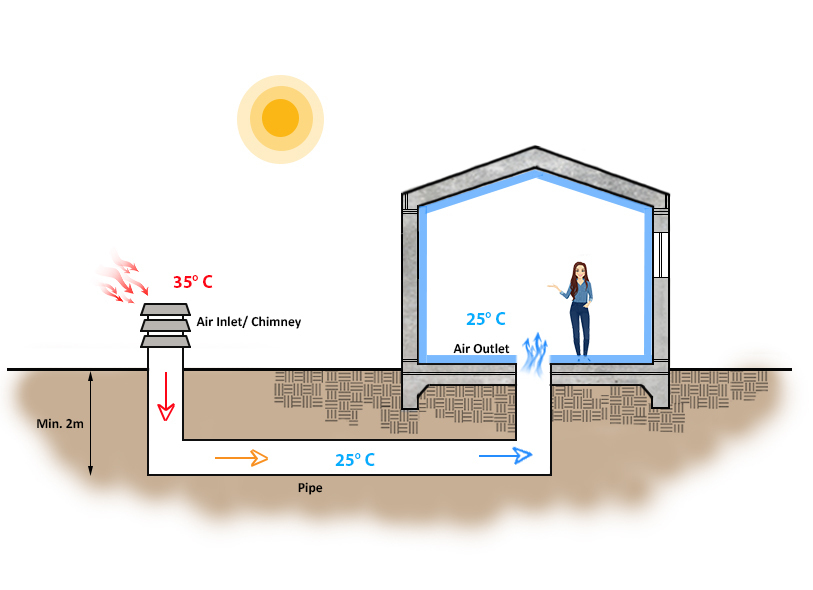
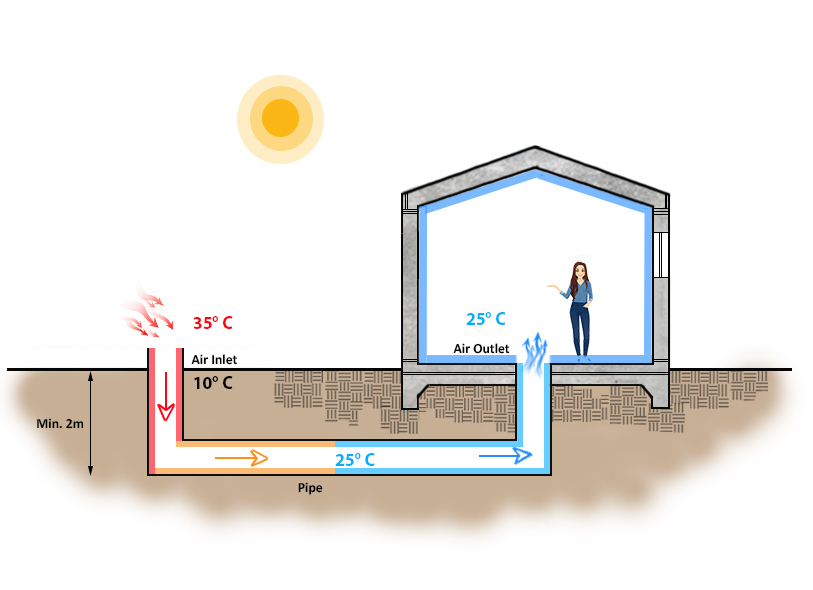

Earth air tunnel design parameters (Design Guidelines)
Duct/Pipe depth
- Ducting can be decided according to different factors like the thermal properties of the soil, the type of soil, the external climate, and the water content below the surface.
- In general, we use a depth of 4 meters. [5]
Duct/Pipe Length
- An increased length of the pipe helps reduce the air pressure and also increases the fan’s energy.
- The greater the duct depth, the better the heat transfer and efficiency. But it should be economical, so various types of arrangements are available for ducting. [5][6]
Diameter of the pipe
- Because of the friction in the pipe, a smaller diameter pipe requires more energy to move the air.
- provide improved thermal performance.
- The diameter of the pipe varies from 75 mm (3 inches) to 750 mm (30 inches). [5] [6]
Air Flow
- An increase in air velocity reduces the temperature while exiting the pipe.
Material of the pipe
- Economic factors like corrosion, strength, and durability all influence material selection.
- PVC ducts are usually preferred over galvanized iron as there is not much difference in the thermal conductivity of the two materials. [8]
Duct Layout
- The metallic duct placed underground faces a certain amount of weight from the soil on top. In order to prevent the duct from collapsing due to the soil weight, its thickness is designed using a flexural formula.
- The weight of the soil is considered while designing the layout of the duct. It is necessary so that the duct doesn’t collapse during backfill and thereafter. [8]
Arrangement of the Pipe Network
- Closed loop System:– Inside air circulates through the earth air tunnel, and fresh air can be added as needed.
- Open loop System:- Outside air is passed through the ductwork and transferred to the buildings.
Classification of an Earth Air Tunnel Heat Exchanger
Based on the layout of the pipe below ground
- Horizontal/Straight Loop
- Vertical Loop
- Slinky/Spiral Loop
- Pond/Helical Loop [5]
Applications of Earth Air Tunnel
- In Commercial buildings like: Offices, Showrooms, cinema halls etc.
- Residential Buildings
- Institutional Buildings
- Hospitals [5]
Advantages of Earth air tunnel
- It reduces the heat gain inside the building.
- Reduces electricity consumption by 8 to 10%.
- Reduces the demand for air conditioning by 5 to 10%.
- Has a long life, initial investment is a little more than the air conditioners, but their maintenance is much less.
- Low operating costs.
- Completely eco-friendly.[5][6]
- This system can replace coolers in summer and heater in winter.
- It is noise-free and doesn’t require water topping as compared to a cooler.
- This system can last for 40-50 years.
- Totally a sustainable way to convert air as per climatic conditions.
Disadvantages of Earth air tunnel
- It cannot be used for changing humidity directly.
- This system requires a larger digging ground area to set up all of the ducting systems, which can be a problem at some places. [8]
- Give a limited amount of cooling or heating effect.
- The installation cost is higher.
- When the outside air becomes too hot or too cool, this system is not as effective.
Considerations while installing it on any site
- Various factors and parameters are considered before installing the earthen air tunnel on any site. [5]
- You can’t use it in all regions because of different earth properties.
- There should not be any bedrock near the site.
- Should have an ample amount of space on the site. [6]
- The water table should be kept below 6 to 7 meters from the ground surface.
- Opting for mechanical fans rather than going with natural airflow. [1]
Installation cost of Earth Air Tunnel
The cost of installing an earth air tunnel varies depending on location and several other factors. Heating and cooling can cost up to Rs. 1.5 lakhs for a room measuring 3600 x 3600 mm (12′ x 12′). According to this figure, the total cost of a boys’ hotel with 30 rooms could be around Rs. 45 lahks. (The estimated cost mentioned here is for Indian conditions only and can vary from location to location.) [7]
Examples of Buildings using Earth air tunnel
- Used in Teri school of advanced studies, New Delhi, India
- NIIT University, Rajasthan, India
- Realization Community, Auroville, India
To read an assignment on this topic click on the link below:-
Earth air tunnel case study will be added in the coming days.
Thanks



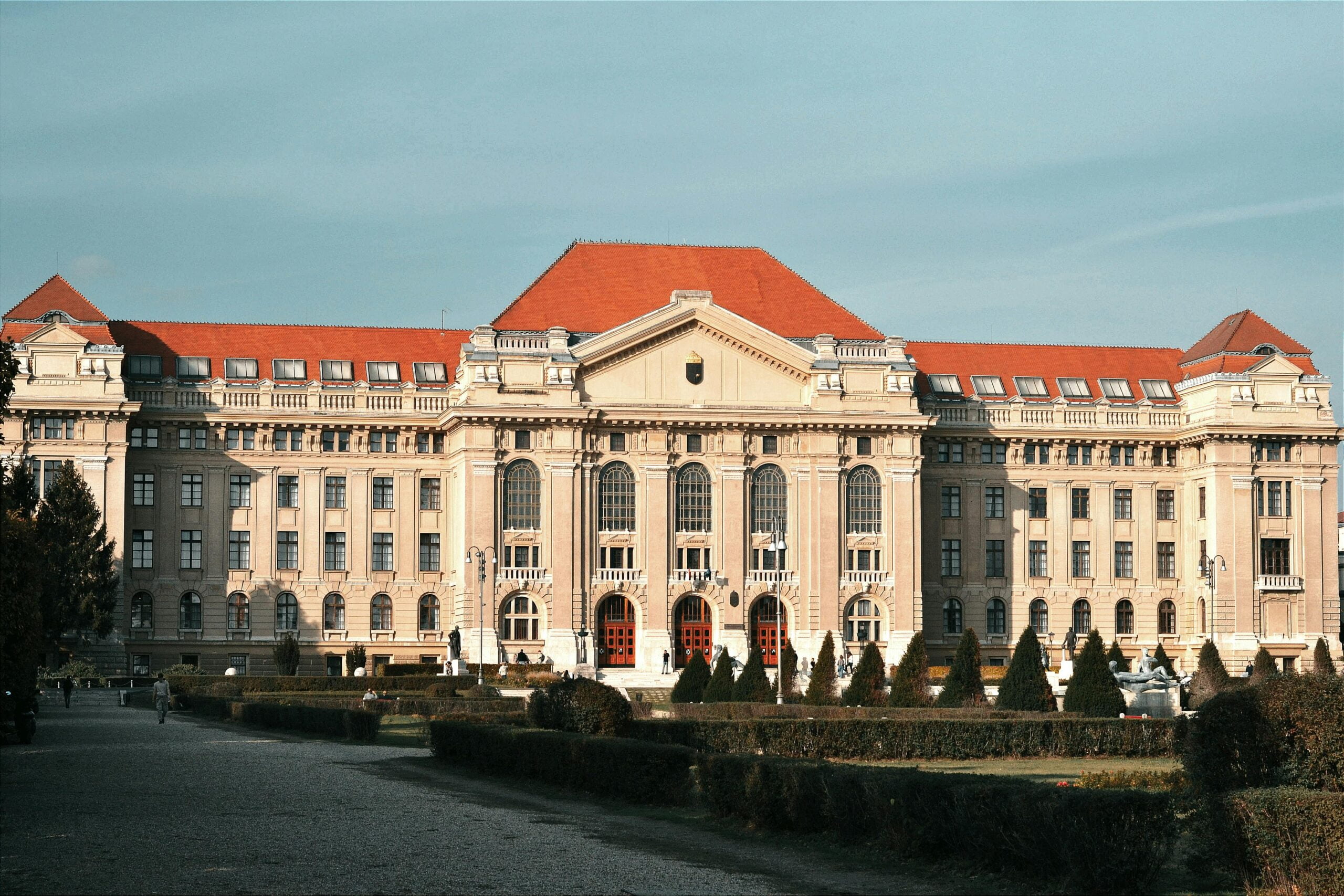


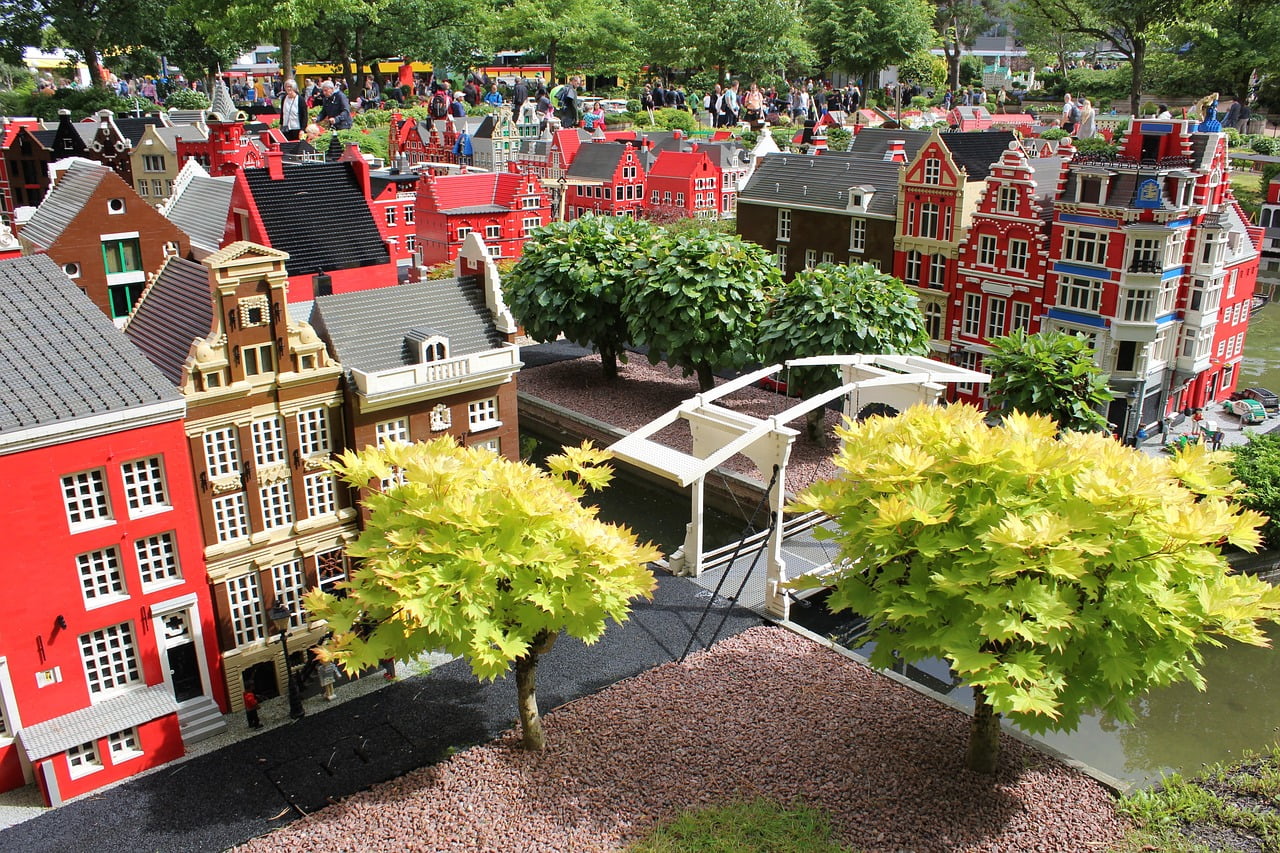



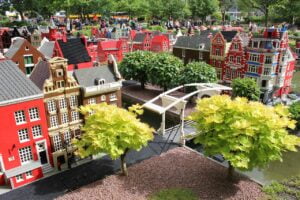

17 Responses
I am constructing house with basement. Can this air tunnel be provided. Please guide
Hey Vijay,
We value your question, and I hope my answer will help you. But I would advise you to hire a professional architect for this job and consult with him because I am not available at your site and don’t know anything about your site conditions or anything else. So hire a professional.
As per my knowledge, you can install this system anywhere you want, but it would be very difficult if the area available for this system to install is small. This system requires proper consideration before installation. So go with professionals only.
Good concept. Hope it should be economical for everyones use.
Thanks for your comment, Ganapathy.
The cost of installation for this system depends on various conditions and can vary from place to place. I have mentioned the cost for Indian conditions above (though it may also vary).
el costo en dolares por favor. aproximadamente
Does the hot humid summers of the southern USA states impact adversely on earth tunnels being used in plastic covered greenhouses?
Certainly very useful way of controlling temperature inside a building. Thanks for writing in detail about the concept. Have few doubts
It says passive system, also says need for an AHU and Solar chimney, can we have this system without them?
Can we make use of an open well to cool the air as most of the houses in villages have open wells and on an average with 10 meter depth.
If the location where the pipes are installed is regularly wet can we compromise on the depth of trench?
Thanks in advance
First:- Yes, you can if it meets your cooling and ventilation needs.
Second:- To an extent, yes, but it also requires ductwork. It will not be as beneficial as earth-air tunnels.
Third:- Yes, you can, with suitable waterproofing.
Thanks for information..but why there is no references especially for the measured temperature??
Thanks for informing me, sir. Now I have attached the research paper link at the end of the paragraph.
Hey, You are doing a great job. I found your website some day back and I found it very useful thanks for the website. BEST WISHES & GOOD LUCK
I have a question. Is this concept suitable for the South Asian region which is prone to the adverse impacts of climate change?
“At present, I have limited information regarding the incorporation of earth-air tunnels in other South Asian countries. However, in India, there are numerous examples of successful utilization of earth-air tunnels for natural cooling, as mentioned in the article above. For further details, I recommend visiting the official websites of these projects.
The earth-air tunnel system is adaptable to various regions, requiring specific considerations for implementation. With proper planning, it can offer significant benefits regardless of the geographical location.”
HI, I AM FROM DELHI AND GOING TO CONSTRUCT HOUSE WHICH IS ABOUT 1800 SQ FEET.
Could you guide me on how I CAN USE THE AIR TUNNEL UNDER MY BASEMENT WHICH IS ABOUT 15 FEET BELOW THE ROAD LEVEL? THE PLOT’S LENGTH IS 72 FEET AND THE BUILDING HEIGHT WILL BE 60 FEET.
Hey Amit,
Thanks for your question. While earth air tunnels can provide natural cooling and heating, they might not be ideal for small projects due to several reasons:
• Space: Earth air tunnels requires significant space for installation, which might be challenging on smaller plots.
• Cost: The setup involves extensive mechanical and ductwork, which can be expensive.
• Maintenance: Regular maintenance is needed to ensure efficiency and prevent issues like mold.
For smaller projects, energy-efficient insulation, windows, and modern HVAC systems might be more practical and cost-effective solutions.
I hope this helps! Thanks
Hi
I’m Building a House in a 1.5 acre land with 1.2 acre Garden, Can I install the Earth air Tunnel system in My area South India Andhra Pradesh Coastal area in
Tapeswaram
Andhra Pradesh 533340
16.898552, 81.928677
Hear the ground water lays below the 10 feet and it is a Muddy Soil
Thank you for your query. An Earth Air Tunnel system is not advisable for your site in Tapeswaram due to the following reasons:
1. The groundwater is just too high. At only 10 feet, the pipes would likely be submerged in water most of the time. This is a big problem—not only could they flood, but maintenance would be difficult.
2. The soil is also a major concern. Muddy soil isn’t stable enough for this kind of installation. It would make building the tunnel difficult and could even compromise its durability over time.
3. The coastal climate works against you. EAT systems are most effective in dry, arid climates. In Tapeswaram’s hot and humid environment, the system just won’t be able to cool the air efficiently. You’d be investing a lot for very little return.
I know this might be disappointing, but there are some other excellent alternatives that would be much more practical and effective for your site:-
Passive cooling methods: Things like shaded courtyards, strategic cross-ventilation, or vertical garden to provide shade; can make huge difference. These are simple, low-cost solutions that work in a climate like yours.
This is my suggestion only, please consultant a professional who is available at your site. he will provide you best alternative expect EAT. Thanks